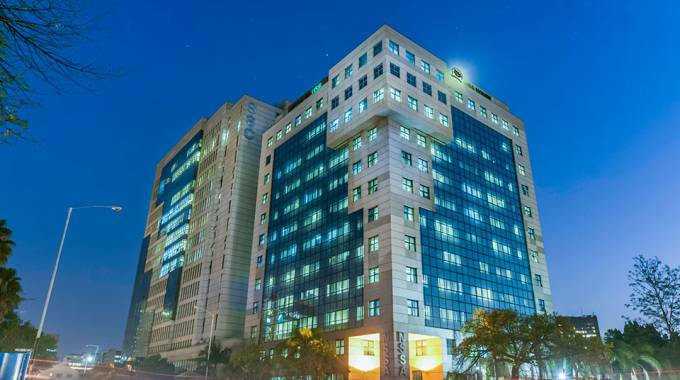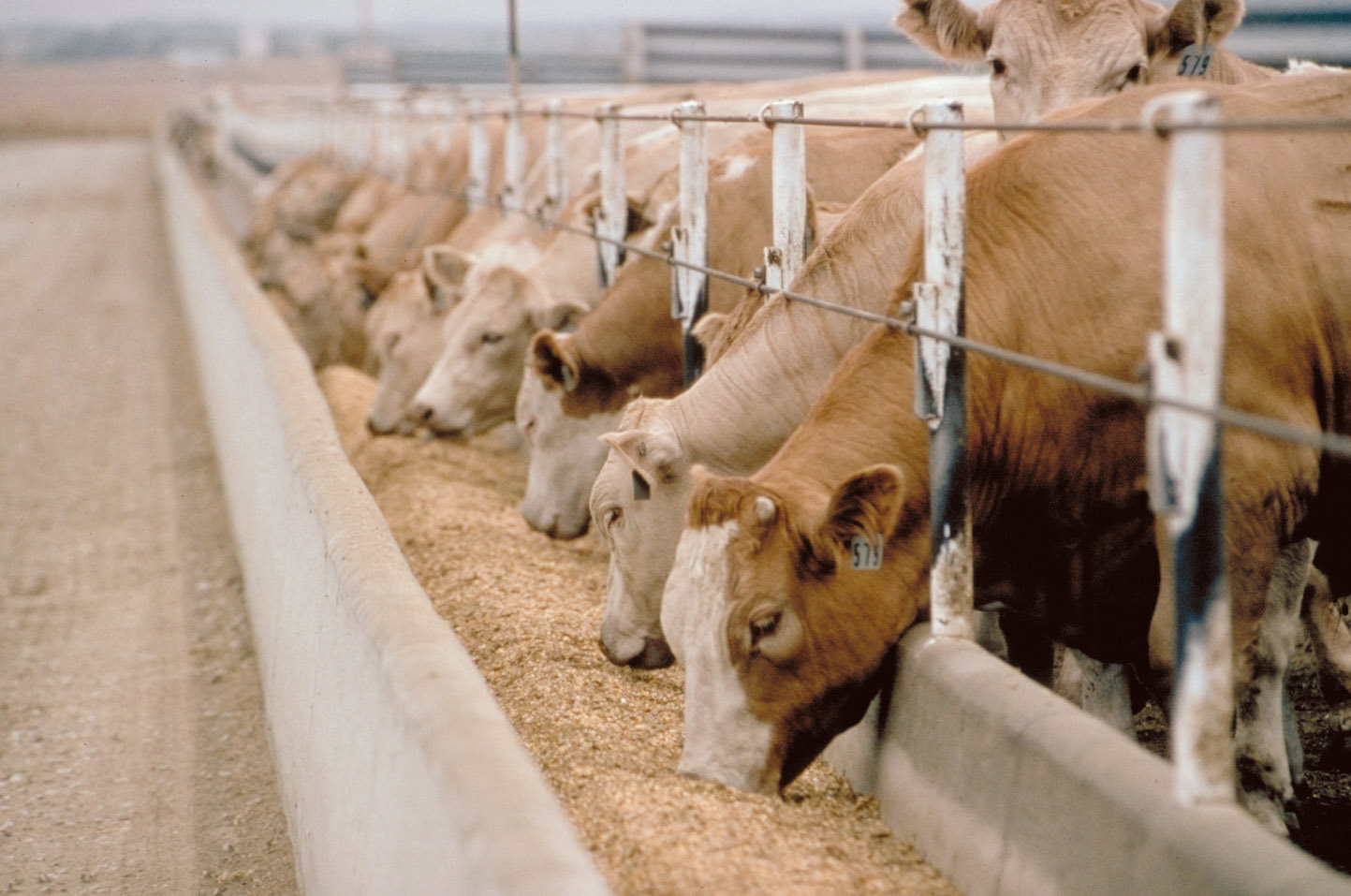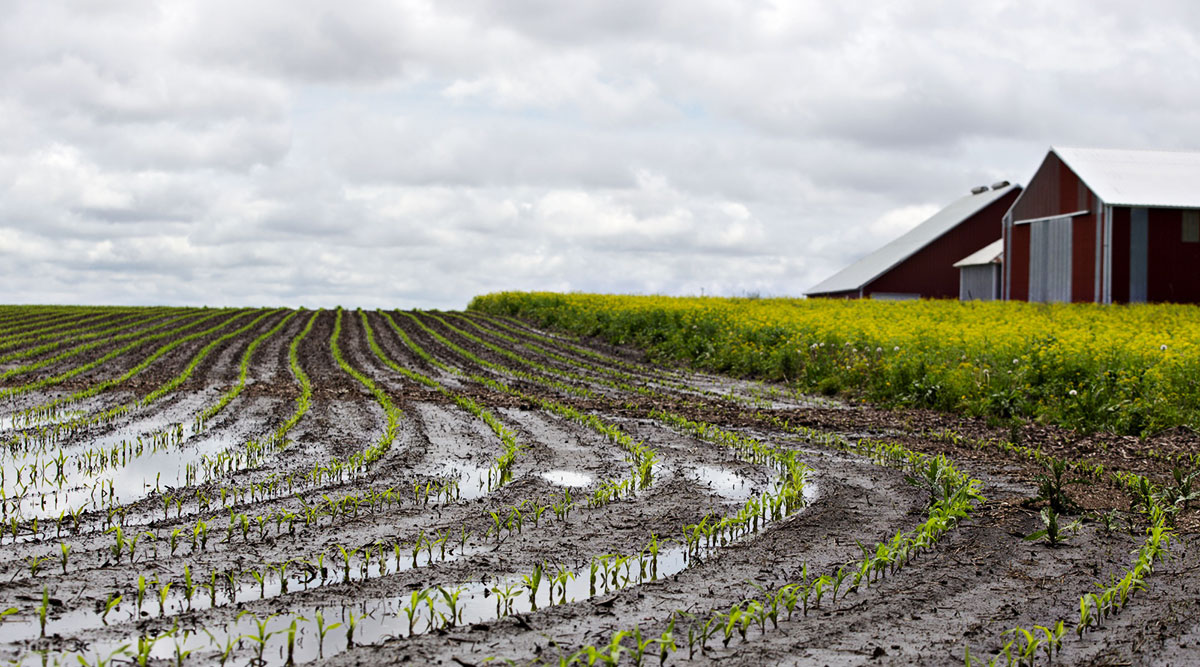Research key to survival of Zim’s tobacco industry
After being at the helm of the Tobacco Research Board (TRB) for eight years, Dr Dahlia Garwe, is leaving the research institution to pursue other interests. Even though women are statistically still a minority in the leadership and management of most research institutions, things are changing. In this report, Sifelani Tsiko (ST), Agric, Environment & Innovations Editor speaks to Dr Garwe (DG) who shares her experience and useful insights about her professional career in the research and tobacco industry.
ST: You served the TRB for more than eight years. Tell us your brief history and the
roles you played at TRB.
DG: Actually, I have been with TRB for 31 years! I joined in 1991 as a research officer and
as they say in the best of these profiles “rose through the ranks” to my current position!
I started working as a research officer in the Analytical Chemistry Department in 1991
and rose through the ranks to become a divisional co-ordinator in 2003 and assistant
general manager — Research & Extension in 2009. In 2012, I was appointed acting
general manager and in 2014 was appointed as chief executive officer. So briefly, this was
my professional journey at the TRB.
ST: How did you feel to be appointed as the first female CEO of the TRB in 2014?
DG: It was an amazing achievement especially since I did not even expect to ever reach
that pole post as there was already a young, male and energetic GM in that position. He
left unexpectedly and following a selection process during which I was pitted against six
men, I was pleased that, as a woman, my potential was being recognised.
ST: What are some of the major successes you believe you made over the past eight
years at the TRB? Also tell us about the commercial tissue culture facility and how you
transformed it.
DG: I am proud of the achievements I and my team made at the TRB. During my tenure,
there were numerous successes we made. As I leave, I am happy that the TRB has
continued to record surpluses during my tenure despite the hostile economic
environment. Various income-generating projects, including the seed potato project
were implemented. TRB remained largely self-funding (70 percent of budget) and we
envisaged to be 100 percent self-sustaining when all projects are optimised. We also got
international recognition with our own TRB scientists contributing significantly at
international tobacco conferences and congresses. Quite a number assumed leadership
roles in various international tobacco research bodies. Expansion of markets for seed and
other products such as Gromix into the regional space was also done. Pioneering of
research into tobacco alternatives and alternates such as industrial hemp and chia. We
also promoted alternative tobacco use including the extraction of edible oil from tobacco
seed. The TRB released new tobacco varieties — eight were released including to other
countries such as Ethiopia, Rwanda and Tanzania. Capitalisation and enhancement of
laboratory and institutional facilities was made including the improvement of soil-less
seedling production system. I am glad to say that some of the products are now on the
market. A new million-dollar tissue culture facility and other supporting greenhouses
were also constructed. This facility will see the country successfully implement import
substitution for various plant materials, especially Irish potato and bananas previously
obtained from SA. Currently, we are supplying disease-free, high-yielding sweet potato
seedlings for the Presidential Rural Horticultural Development Programme.
ST: The Government has made some huge strides in promoting gender equality in
leadership in most of its institutions. What can you say about this and your leadership
role at the TRB?
DG: Our board has a woman vice chairperson and two other women. Our senior
management consists of three executive directors who are all women. In the past, women
were under-represented in all key positions but now I am happy that the TRB has
transformed empowering women and opening doors for their entry, recruitment,
retention and more importantly advancement in their research careers.
ST: Did you manage to promote gender – equitable leadership at the TRB? Can you tell
us how you have transformed the gender composition of TRB over the last eight years.
DG: I strongly believe women can, when given the chance, and I had a deliberate policy to
hire more deserving women. Middle management is made up of 46 percent females. Our
seed production team is led by a woman and almost all, 95 percent, of the processing
team are women. Even our tissue culture facility is led by a team of very sharp women
with 67 percent women as staff. All this shows how the TRB has promoted women who
were under-represented in this research institution in the past. I think we have managed
to close the gender gap.
ST: What were some of the major challenges you faced at the TRB? Are you frustrated
that you are leaving without tackling some of them?
DG: Reliability of power was a huge problem leading to increased costs of production due
to diesel use and replacement and repair of equipment damaged by power surges. We had
started putting in a dedicated ZESA power line and solar projects to tackle this.
Hopefully, the new CEO will be able to complete the projects in a short time.
ST: The tobacco industry is a huge industry that rakes in millions of dollars for the
country every year. What are your thoughts about the future of the industry in terms of
research on tobacco and the threats facing the industry globally?
DG: Indeed, tobacco faces a huge threat from the WHO Framework Convention on
Tobacco Control (FCTC). However, I don’t believe tobacco will be banned in our lifetime
and Zim tobacco is of a quality sought after the world over. But in preparation, TRB has
looked at alternative uses for tobacco, for example, the edible oil I spoke about earlier.
Also, alternatives for tobacco such as industrial hemp are currently being researched on
with interesting results already realized. Research on improved tobacco varieties
continues and there are some exciting results coming out of our drought tolerant
varieties research as well as enhanced disease resistance, for example the PVY, in the
face of climate change.
ST: What do you think needs to be done to promote the adaptation and resilience of the
Zimbabwean tobacco industry in the wake of the growing anti-smoking lobby and the
restrictive trade laws imposed on the industry?
DG: The Government through the Ministry of Agriculture recently introduced the
Tobacco Value Chain Transformation Plan with objectives, inter alia, to optimise
production and marketing finance, promotion of alternative crops and enhancement of
value addition and beneficiation. I fully support these objectives and agree we need more
markets for our tobacco but even more importantly, we must value-add in order to
capture more of the international market and keep tobacco alive. The key is sustainable
production that accounts for the environment and people.
ST: Why are you leaving the TRB? Can you share with us your future plans?
DG: According to the Public Corporate Governance Act, I must retire in the next two years
as my 10 years in office will be up. In the interim, I received a really exciting offer from a
local agricultural player which will allow me further growth. I decided to take it and am
relishing the new challenge. I will miss TRB but I am ready to move on.
ST: What is your message to young scientists about career growth, gender equity and
women’s empowerment?
DG: Believe in yourself and your abilities. Go out there and learn and absorb as much as
you can but come back afterwards and help build our great country. Being a woman
should never be a hindrance. I have mentored a number of great young women in my
time and wow! The potential is amazing.
ST: What are your hopes for the tobacco industry in future?
DG: Continued success and death to the scourge of side marketing. But more importantly,
growersmust be fairly rewarded for their hard work on the land.-The Herald











